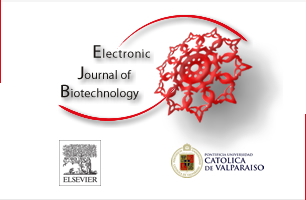Abstract
Background: Hepcidins, a kind of cysteine-rich antimicrobial peptides, play important roles in host immunological processes and iron regulation, which have been identified from several fish species. The rare minnow (Gobiocypris rarus), an endemic cyprinid fish in China, has been used extensively as model animal in laboratory. However, little is known about its hepcidin. Here, we report the cloning and characterization of a hepcidin gene from the liver of Chinese rare minnow.
Results: The full-length cDNA of rare minnow hepcidin is 662 bp, which contains an ORF of 273 bp encoding a prepropeptide of 90 amino acid residues. The predicted prepropeptide contains three domains: a signal peptide of 24 amino acids, a prodomain of 41 amino acids, and a mature peptide of 25 amino acids. Sequence alignment showed eight conserved cysteine residues in the mature peptide, which formed four disulfide bonds in spatial structure. The deduced structure of mature peptide showed a high degree of homology to the human hepcidin. Phylogenetic analysis showed that it had a close relationship with zebrafish hepcidin, and clustered in a clade with these from Cyprinidae. Synthetic peptide of rare minnow hepcidin could inhibit the growth of Gram positive bacterium Staphylococcus aureus and Gram negative bacteria Escherichia coli and Aeromonas hydrophila.
Conclusion: These results suggested that rare minnow hepcidin had typical structure of hepcidins and antibacterial activity. It could participate in innate immune response as an antibacterial agent and be used as antibiotic substance.Upon acceptance of an article by the journal, authors will be asked to transfer the copyright to Electronic Journal of Biotechnology, which is committed to maintain the electronic access to the journal and to administer a policy of fair control and ensure the widest possible dissemination of the information. The author can use the article for academic purposes, stating clearly the following: "Published in Electronic Journal of Biotechnology at DOI:10.2225/volXX-issueX-fulltext-XX".
The Copyright Transfer Agreement must be submitted as a signed scanned copy to biotec@ucv.cl. All authors must send a copy of this document.
